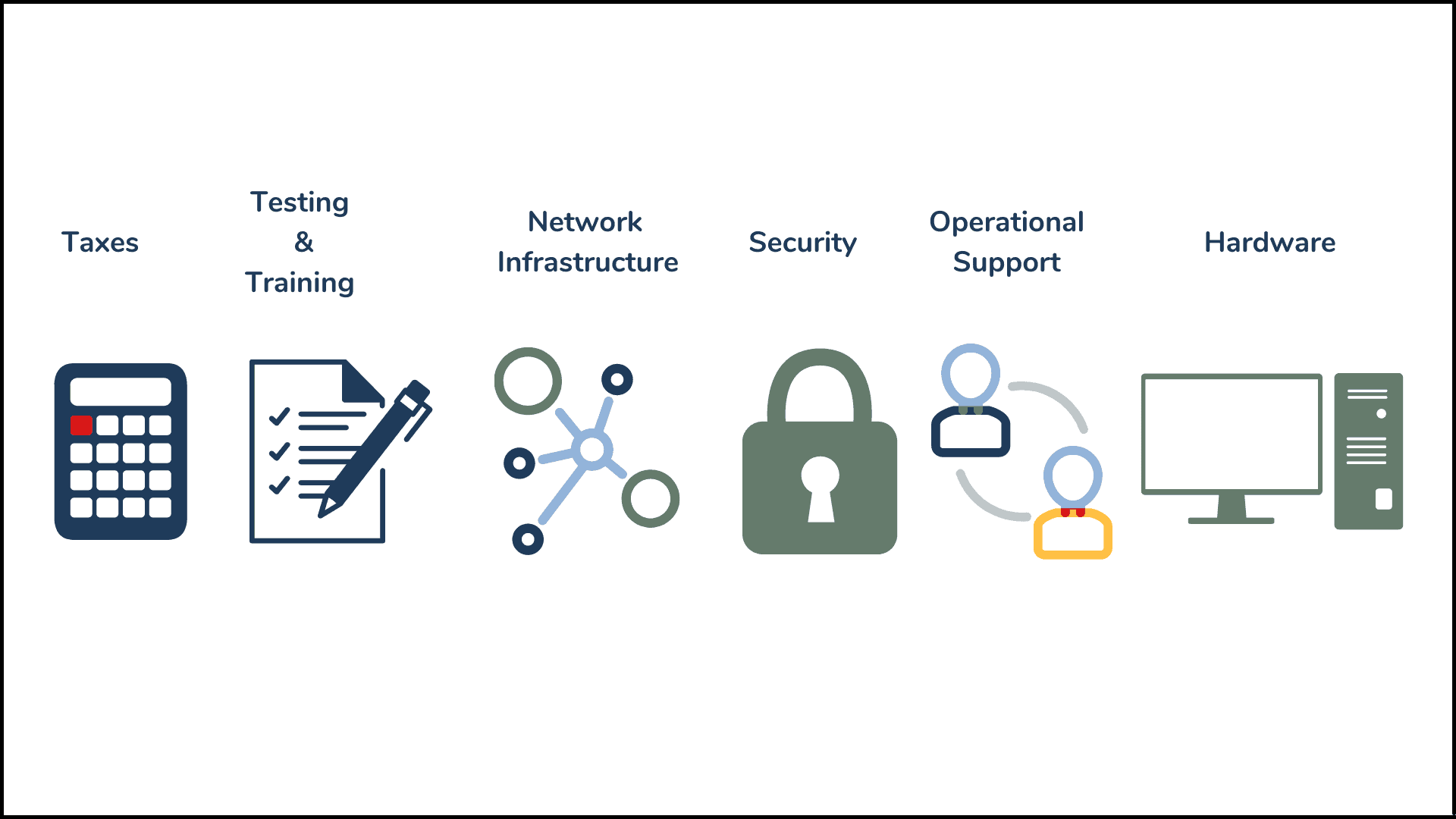A successful CX transformation involves more than just implementing new technology. One of the key factors of any CX project is the operating model you build moving forward.
Gartner writes that an operating model “is the blueprint for how value will be created and delivered to customers.” Think of the operating model as the people and processes that oversee every aspect of your customer experience. It’s more than just technology – it’s how the technology is used.
Without a clear CCaaS operating model, you risk alienating customers and upsetting employees. If no one knows who’s responsible for your CX, it makes sense that your CX would tank.
To build a successful CX operating model, you need to account for each of the following components:
The Key Components for Successful CX Operations
Business Relationship Management
Someone needs to make sure that the needs of your business are properly addressed by your CX strategy and customer-facing technology. A contact center doesn’t just serve your customers – it also serves the business. Who will communicate each business unit’s needs and goals? How will IT communicate internally to report on progress, updates, and issues? What services need to be delivered, and who determines which services are on the road map?
Shared Services Scope
Ideally, your CCaaS solution will do a lot of different things. With omnichannel routing, reporting and analytics, AI, and other features, there’s a lot to keep track of. Who will be in charge of making decisions about what services you prioritize, and what you push to the sideline? Someone needs to take the goals of the business and translate them into technical services. This is more than just day-to-day operations or vendor management. This oversight of your entire CCaaS solution. Who chooses what to upgrade, what to fine-tune, and what to replace?
IT Architecture & Ops
While the big-picture direction of a CCaaS solution is important, you also need to consider the nitty gritty management of the technology. Who is responsible for making changes to your CCaaS platform? Which engineering resources will be tapped when there’s work to be done? Will they be resources dedicated exclusively to the CCaaS platform full-time? You also need to consider how your new CCaaS platform slots into your existing IT operations. How will helpdesk tickets and IT support end-users when they have a problem? How will this software-based solution fit into your existing WAN environment? Are there security protocols you need to be met? Is there hardware you need to manage? How will you handle a change in SIP trunking or voice delivery?
Platform Administration
Your CCaaS platform is only as good as the people using it. So how will they use it? You need to define the new roles that come with new technology. What roles will you have, and how will you fill them? What changes can administrators or supervisors make to support their team? How can they customize the tool to meet the preferences of their workforce? How will platform admin and team supervisors interact with IT? Defining these roles helps you iron out responsibilities before you run into problems.
Vendor Lifecycle Management
Successfully operating a CCaaS platform requires more than just internal management. You also need to determine how you manage your relationship with your chosen CCaaS vendor. What is the vendor responsible for? How do you flag issues or concerns? How do you escalate when a problem grows worse? How involved do you want the vendor to be in the daily operation of your contact center? Who participates in QBRs, and what do you discuss in these meetings? Additionally, who is responsible for sharing your company’s roadmap vision with the vendor?
Integrations
Any new piece of CX technology you implement is going to need to integrate with every other tool in your Contact center environment. How will you manage these integrations? Who will be responsible if an issue arises, and how will you communicate needs to different teams or personnel?
Analytics
One of the key benefits of a CCaaS solution is the sheer amount of data and information it can provide about how you reach your customers, and how they reach you. But you have to know what to do with this data in order to get any benefits from it. How will the relevant information flow from your technical solution to your business analysts and team leaders? Who is responsible for analyzing the data and making recommendations to make your solution more effective?
QA
Even in a steady-state environment, there will always be changes to make to your CX strategy. Employees come and go; new functionality is added; integrations and changes are added to your technical solutions. So how will you manage these? How will new agents or supervisors get trained on the platform? Do you have a QA team or process for making changes to your solution? How will current agents report issues, make recommendations, or voice concerns?
A CCaaS solution is more than just technology – it’s how you use it.
Defining your new operating model takes work, but it’s imperative you confirm your future state before you start implementing changes to your CX strategy. A solid operating model allows you to take full advantage of all the benefits a CCaaS solution can offer. Have questions, or want to run your thoughts by us, free of charge?


.png)



